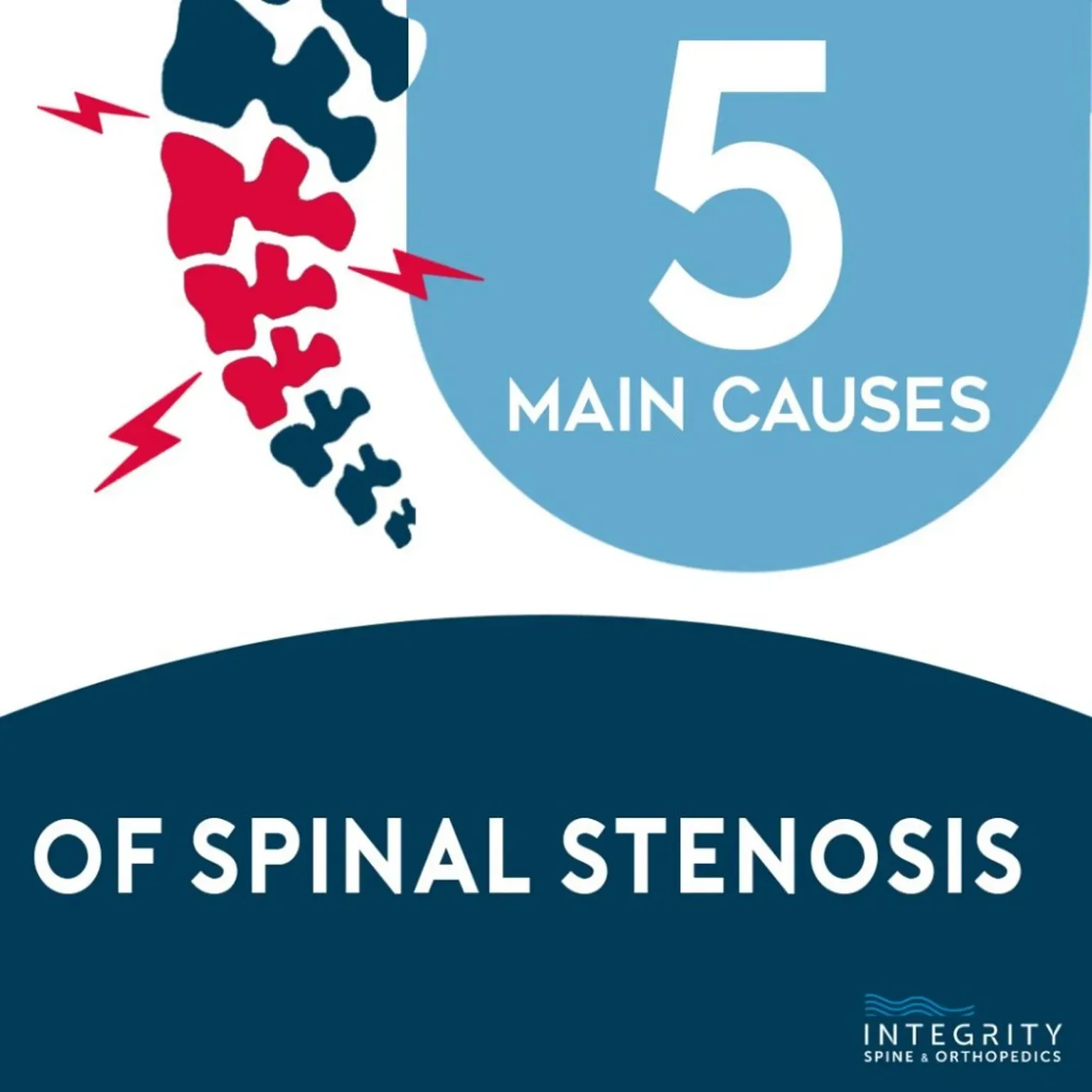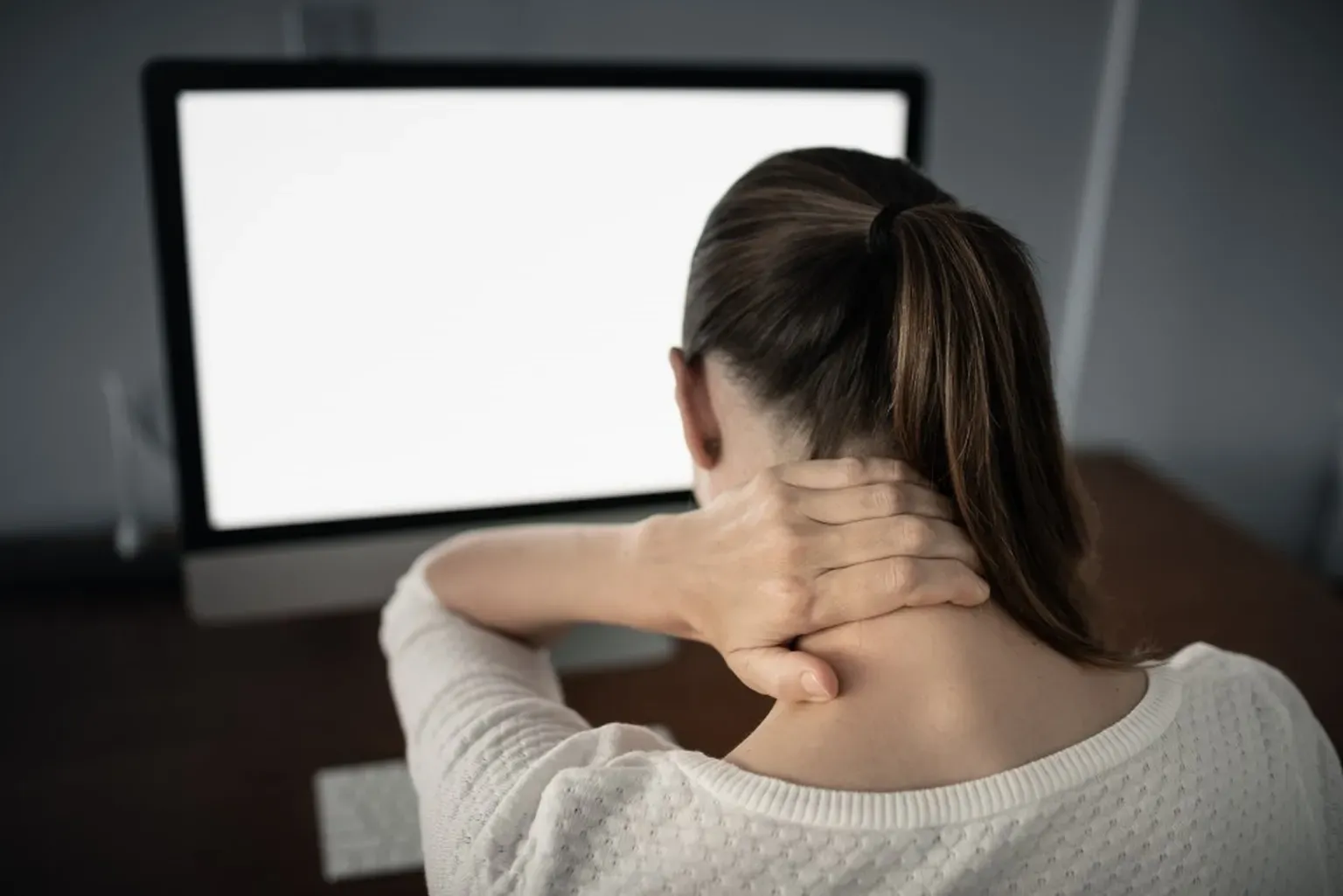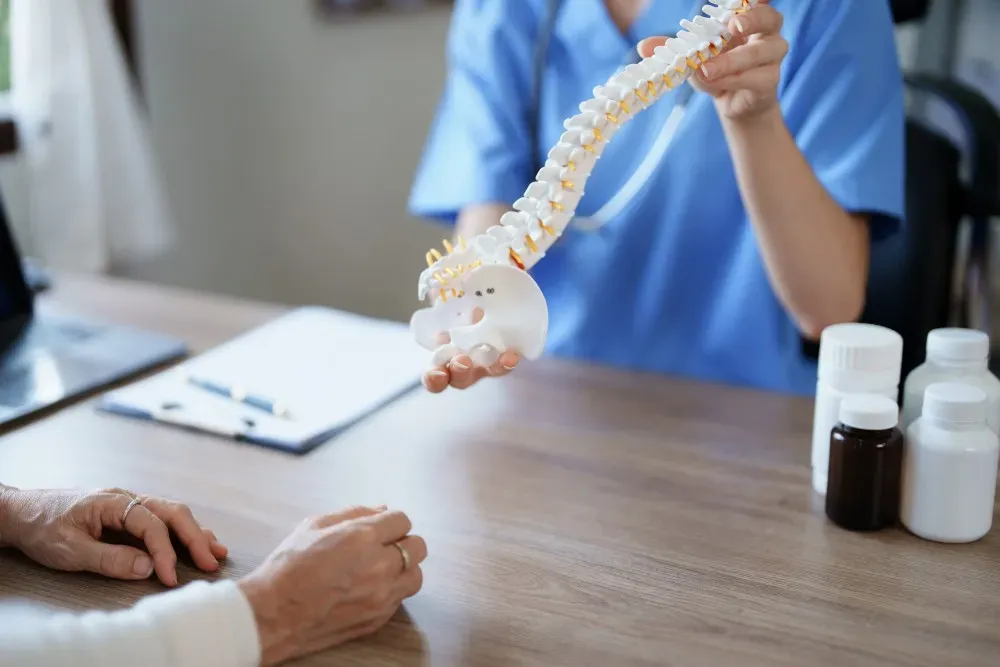Neurosurgery & Orthopedic Surgeons in Jacksonville

5 Causes of Spinal Stenosis
Spinal stenosis is narrowing of the open spaces within the spine. Narrowing can occur in the vertebral passageway that protects the spinal cord or in the bony passageways where spinal nerves exit the spine and travel to other areas of the body.
5 Causes of Spinal Stenosis
Spinal stenosis is narrowing of the open spaces within the spine. Narrowing can occur in the vertebral passageway that protects the spinal cord or in the bony passageways where spinal nerves exit the spine and travel to other areas of the body. By itself, spinal narrowing may not cause any noticeable symptoms. However, when the open spaces tighten enough to trap or pinch the spinal cord or nerve roots, spinal stenosis causes significant pain and symptoms.
Stenosis is most common in the cervical and lumbar spine. In the cervical spine, stenosis with nerve compression causes pain, weakness, numbness and tingling in the neck, shoulder, arm and hand. In the lumbar spine, stenosis with nerve compression causes pain, weakness, numbness and tingling in the low back, hip, leg and foot.
Some people experience severe and debilitating pain from spinal stenosis, and have difficulty walking or performing daily functions. Keep reading to learn the primary causes of spinal stenosis and the treatment options available to you.
5 LEADING CAUSES OF SPINAL STENOSIS
Some people with spinal stenosis are born with a small spinal canal. But in most cases, spinal stenosis develops when degenerative changes narrow the open spaces within the spine. Below are 5 of the primary factors that contribute to spinal narrowing:
- Osteoarthritis. In the spine, osteoarthritis affects the facet joints that connect adjacent vertebrae. With age, wear and tear, the cartilage covering the bones of the joint begins to erode and wear away, causing pain, swelling and inflammation in the joint. Eventually, complete cartilage erosion leads to painful bone-on-bone friction. The body attempts to repair joint damage by producing excess bone, which leads to the formation of bone spurs on and around the facet joints. These bony overgrowths can protrude into the spinal canal, narrowing the space available for nerves to move.
- Herniated disc. Disc herniation occurs when a spinal disc tears or ruptures, causing the disc’s inner, jelly-like material to leak into the spinal canal. The soft material can press against or irritate nerves or the spinal cord and obstruct the nerves’ movement through the canal.
- Degenerative disc disease. As we age, our spinal discs naturally deteriorate. When disc deterioration causes pain and symptoms, it’s diagnosed as degenerative disc disease. During the degenerative process, spinal discs dry out and flatten, narrowing the spaces between vertebrae where nerves exit on their way out the spine. Degenerating discs can also bulge into the spinal canal, irritating nerves or the spinal cord and obstructing their movement through the canal.
- Thickened ligaments. Age and degenerative changes from arthritis cause the ligaments that support vertebrae to become thicker and stiffer over time. Thickened ligaments can press against nearby nerves or the spinal cord. Additionally, some ligaments might start to buckle and collapse into the spinal canal, narrowing the open spaces.
- Spinal deformity. A spinal deformity like scoliosis increases the risk of developing spinal narrowing.
Spinal stenosis can’t be reversed or cured. However, there are multiple treatment options available to reduce pain and symptoms, relieve pressure on compressed nerves, and create more space in the spine.
HOW IS SPINAL STENOSIS TREATED?
If spinal stenosis is causing pain and symptoms, your doctor will start by recommending non-surgical options to reduce symptoms and manage your condition. Common treatments include:
- Anti-inflammatory medications
- Physical therapy
- Cortisone injections
- At-home exercise
- Weight loss and weight management
With conservative measures, many people can successfully treat flare-ups and live with spinal stenosis. Staying active and exercising is especially important to prevent progressive back and leg weakness, which can worsen spinal stenosis symptoms.
However, conservative treatment options aren’t effective for everyone. If you’re still experiencing significant pain or nerve impingement symptoms after several weeks of treatment, it may be time to consider surgery.
A spine decompression surgery is the most common procedure for spinal stenosis. At Integrity Spine and Orthopedics, our surgeons perform minimally invasive decompression procedures to remove part of the vertebral bone that’s compressing the spinal cord or nerve roots as they exit the spine. In many cases, removing vertebral bone requires removing the facet joint as well. In these situations, a second procedure — called a spinal fusion — must be performed. During a spinal fusion, two vertebrae are fused to restore spinal stability.
If you qualify for minimally invasive surgery, the procedures are extremely safe and effective. Minimally invasive spine surgery requires smaller incisions and causes less soft tissue damage, leading to less post-op pain and a shorter recovery period. Many of our patients are participating in their normal activities within a few days to a few weeks after surgery.
INTEGRITY SPINE AND ORTHOPEDICS TREATS BACK AND JOINT PAIN
Integrity Spine and Orthopedics offers several services to treat a range of spine and joint conditions. We provide exceptional orthopedic care, pain management and minimally invasive spinal procedures. Our team of orthopedic surgeons is board certified and fellowship trained in outpatient, minimally invasive spine surgeries.
If you’re suffering from pain, reduced mobility and a decrease in your quality of life, call us or reach out online to schedule an appointment.




